
Sheepmeat
livestock
Sheepmeat
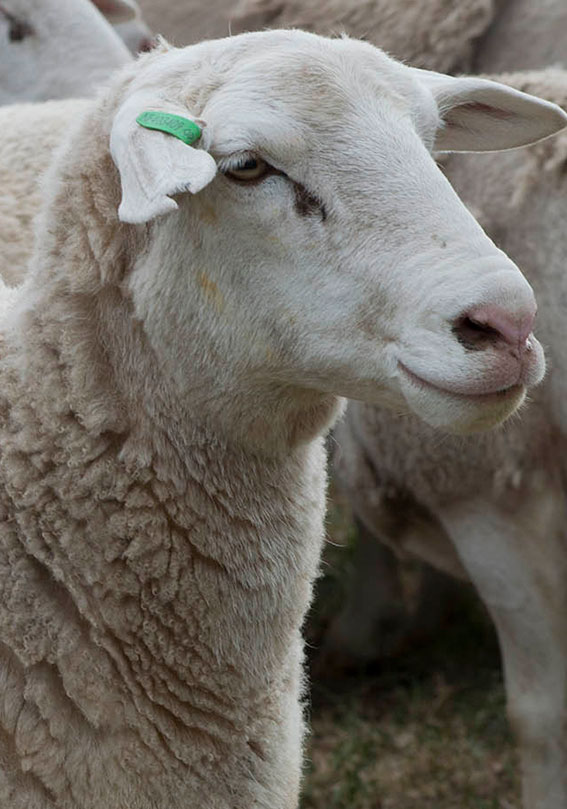
-
Output $1,096m est. Up 11% yoy
-
Growth in domestic production and price
-
Positive industry sentiment tempered by dry conditions
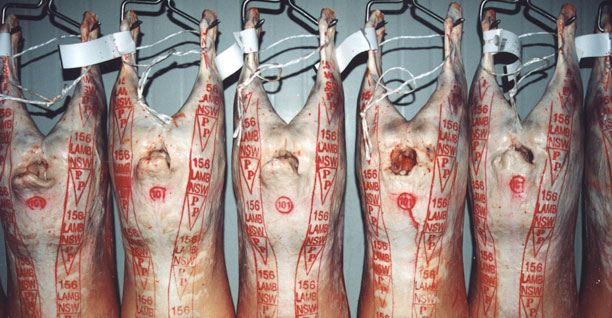
Robust international demand and a falling exchange rate supported exports and in turn, domestic prices, with some saleyard indicators reaching record heights. Unfortunately, many producers were unable to capitalise on the record high prices, forced to buy feed or turn-off stock in response to the deteriorating conditions.
Tips for sheep producers
NSW DPI is working with producers, encouraging condition scoring of ewes before joining and pregnancy scan after joining with feed and heat stress having an impact on lambing. Ewes with a condition score of at least 2.5 are more likely to conceive than those in a poorer condition while pregnancy scanning identifies dry, single and twin bearing ewes allowing feed to be matched or ewes to be joined again.
Media Release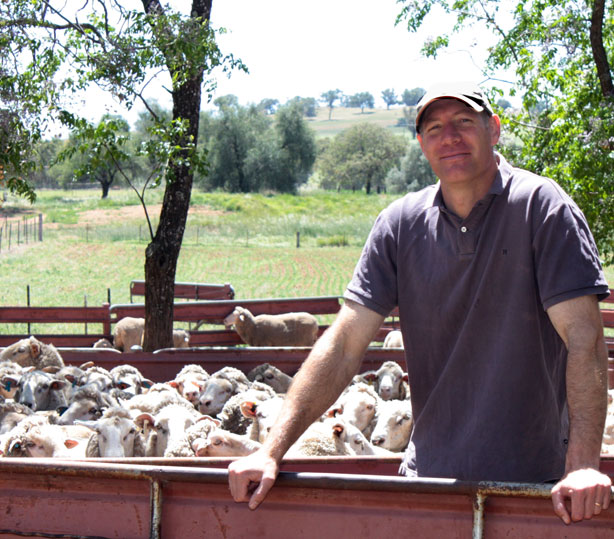
Production
The dry conditions of 2017–18 resulted in extensive de-stocking and an increased sheep slaughter rate. This trend continued in 2018–19, albeit at a slightly reduced rate. Total sheepmeat production was down 3% year-on-year to 187,536 tonnes carcase weight107.
Sheep slaughter was up 10% year-on-year to 2,740,116 head107 with the protracted drought conditions forcing many producers to reduce their flocks even further, retaining only core breeding stock. High mutton prices also worked as an incentive to further maintain the high turn-off rates with the NSW saleyard mutton price increasing in value by 47% in the final quarter of 2018–19107.
The seasonal conditions and high feed costs had an adverse effect on average sheep carcase weights, down 6% year-on-year107. The increase in sheep slaughter saw mutton production increase 4% year-on-year, up 40% on the 10-year average107.
Lamb slaughter was down 6% year-on-year to 4,890,004 head107. Farmers struggled to feed lambs to slaughter weights and, combined with the significant ewe cull in 2017–18 and poor marking rates, lamb slaughter declined to levels similar to that in 2013–14. The fall in slaughter, combined with a slight 0.6% decline in average lamb carcase weight, drove a 6% fall in lamb production107.
Production and slaughter
- Lamb production
- Lamb slaughter
- Mutton production
- Sheep slaughter
Price
It was an extremely positive year for saleyard prices, rising to historic highs in winter 2019, supported by robust international demand.
Lamb prices were exceptional yet volatile, driven by the significant seasonal supply fluctuations. Trade Lamb Indicator is up 26% on 5-year average and Mutton Indicator is up 24% on 5 year average107. The NSW Saleyard Mutton Indicator averaged 470 cents per kilogram carcase weight, up 8% year-on-year and up 6% on the three-year average107.
Difficulties in finishing lambs to weight over winter resulted in heavy lambs attracting price premiums over trade and restock categories for much of the first half of the year. By early spring, all of the NSW saleyard lamb indicators had broken through the 700 cents per kilogram mark. Although trade lamb prices had fallen by late spring, they were still well above (22%) the five-year average of 607 cents per kilogram. By the end of June, the NSW Trade Lamb Indicator had reached a record high of 908 cents per kilogram107.
Mutton prices remained surprisingly resilient despite substantial increases in supply. Prices bowed slightly to supply pressure in spring as sheep slaughter rates rose, however international demand was such that prices only declined marginally despite the elevated supply131.
Lamb production and price
- Lamb production
- NSW heavy lamb indicator
- NSW trade indicator
- NSW restocker/feeder lamb indicator
Global sheepmeat production
Source: MLA 2019cTrade & Macroeconomic Conditions
Strong global demand, a weak Australian Dollar and limited New Zealand supply resulted in new records for NSW export values in 2018–19. The total value of sheepmeat exports rose 25% year-on-year to $927 million87. This growth in demand was largely driven by China and the US, which remained the top markets, accounting for 63% of total exports by value87.
While global sheepmeat production continued to increase, it remains a relatively minor protein in terms of global supply131. Production is consumed mostly in the country of origin with only a few countries having a trade surplus109. Australia and New Zealand account for more than 70% of the global sheepmeat trade.
Definition of ‘lamb’ changed to benefit Australian farmers
The Australian Government amended the definition of lamb in Australia’s export legislation, meaning farmers can sell sheep as lamb after the animal has two permanent incisor teeth, as long as the teeth have not begun to wear. This will enable Australian farmers to expand export opportunities by selling more lamb into lucrative global markets, and bring Australia in line with New Zealand, our main export competitor. The new legislation came into effect on 1 July 2019 and is consistent with the new AUS-Meat definitions.
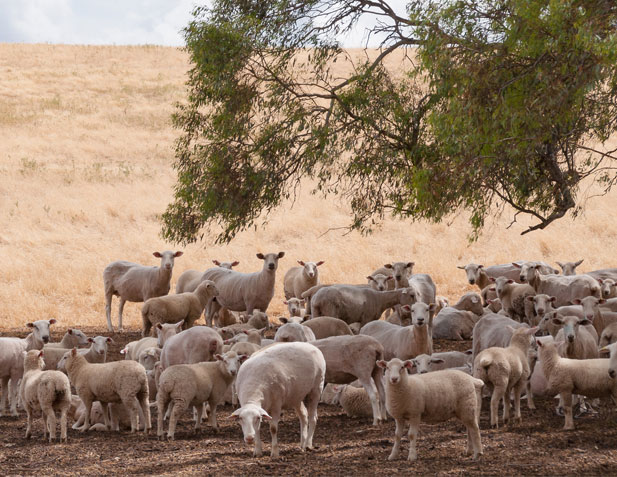
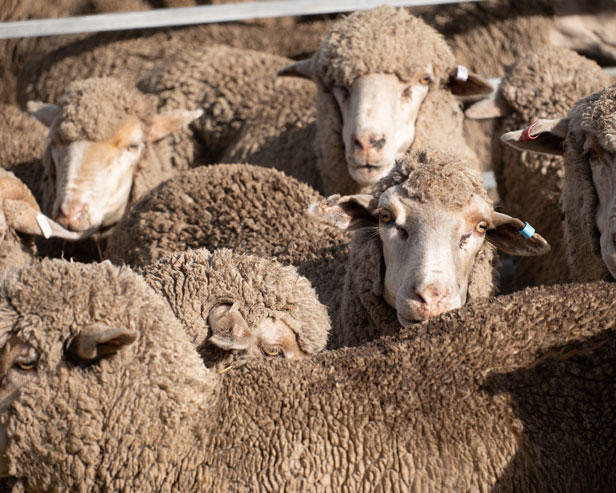
Outlook
Lamb and mutton markets are expected to be characterised by tight supply and strong export demand in 2019–20, leading to higher prices.
The unpredictability of lamb supply is a major concern moving forward. Poor pasture availability and the high cost of feed may force the sale of even more stock. The number of breeding stock continues to dwindle, and scanning and lambing rates are reportedly very low. High feed costs will make feeding lambs to slaughter weight a challenge, with many producers either looking to offload lambs earlier than planned or holding back and feeding with the aim of hitting the market later than usual to take advantage of high saleyard prices.

